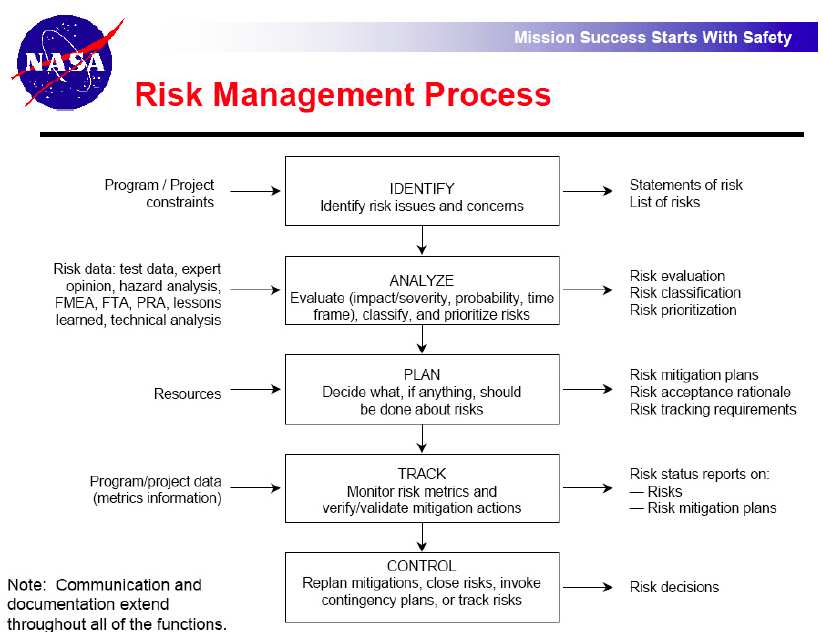Framing choice using risk management
Think about all the important choices you make in life. What to do for a living? Who to partner with in business or life? Whether to raise a family or not? How to spend or save your money? How to spend your time? Where to volunteer?
Every day we’re faced with choices, and I think sometimes we forget about the power of choice and taking time to look at our choices and evaluate the risks.
Risk management is one of those terms that engineers are very comfortable with, but other folks may shy away from the idea thinking it’s too complex. So, let’s break down the idea of risk management, and then use energy independence as our example to think the process through.
Risk management is a continuous process which:
- Identifies risk
- Analyses risk and its impact, and prioritises risks that could do the greatest harm
- Develops and implements strategies to mitigate risk
- Tracks risks and risk-mitigation implementation plans
- Communicates key information about risk such as what you’re learning and what you’re seeing so your organisation keeps getting smarter and can become pros at mitigating risk.
If you think about all the risks involved when it comes to a space mission, NASA surely knows a little something about risk. Let’s look at how they frame risk management.
Source: NASA’s Langley Research Center
So, now let’s look at your own energy independence through the lens of risk management.
Risk: Supplies of oil decrease while demand soars, causing energy prices in all sectors to rise faster than inflation while investments grow slower than inflation.
Impact: Larger percentage of day-to-day expenses are required to cover costs of energy for transportation, day-to-day living and business operation, significantly reducing profits, competitive position, and long-term financial security.
Risk mitigation strategy: Research and review alternative energy options that might make the most sense for your area. Do a financial analysis of investment versus savings over time for best options. Choose the best option, and put it to work for you.
Track: Your successes and key lessons learnt.
Communicate: Share what you’ve learned with your company and with others. Is there a non-profit or community organisation that could really benefit from what you’ve learnt?
For me, when I look at my choices from a risk-management perspective, it makes them seem a lot less intimidating, and instead, quite the opposite—empowering!


